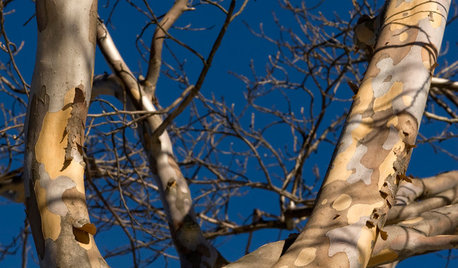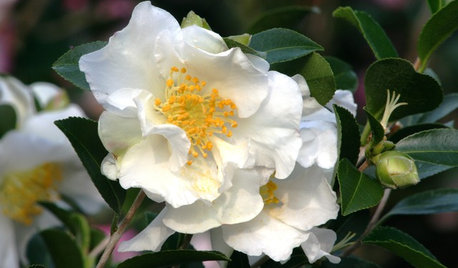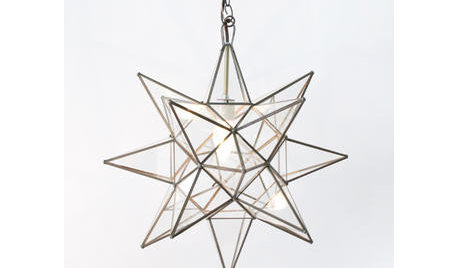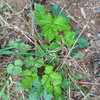Understory Tree ID - keeps leaves in winter
beechbeard
11 years ago
Related Stories

FEEL-GOOD HOMEStop That Draft: 8 Ways to Keep Winter Chills Out
Stay warm without turning up the thermostat by choosing the right curtains, windows and more
Full Story
GARDENING GUIDESHow to Keep Your Citrus Trees Well Fed and Healthy
Ripe for some citrus fertilizer know-how? This mini guide will help your lemon, orange and grapefruit trees flourish
Full Story
GARDENING GUIDESHow to Keep Your Trees Healthy
Ensure your trees’ vigor for years to come with these tips for protecting roots, watering effectively and more
Full Story
WINTER GARDENING8 Gorgeous Trees for Winter Interest in the Garden
Intriguing forms and beautiful branches take center stage when color heads back into the wings of the winter landscape
Full Story
FALL GARDENING5 Ways to Put Fall Leaves to Work in Your Garden
Improve your soil and yard the organic way with a valuable garden booster that grows on trees
Full Story
GARDENING FOR BIRDSFeed the Birds: 6 Plants for Abundant Winter Berries
Be kind to your fair feathered friends during lean food times by planting a shrub or tree loaded with nutritious snacks
Full Story
GARDENING GUIDESGarden Myths to Debunk as You Dig This Fall and Rest Over Winter
Termites hate wood mulch, don’t amend soil for trees, avoid gravel in planters — and more nuggets of garden wisdom
Full Story
WINTER GARDENING6 Flowers for Gorgeous Winter Garden Color
Blooming beauties can be yours from January through March — just take your pick from these bulbs, shrubs and even a tree
Full Story
PRODUCT PICKSGuest Picks: Winter Lights to Ward Off Dark Nights
Don't let less daylight around the winter solstice get you down — these lights, candles and mirrors will keep your home merry and bright
Full Story
BATHROOM DESIGN15 Ways to Warm Up Your Bathroom for Winter
Keep the chill away in body and spirit with everything from warm colors to high-end bathroom features
Full Story









carol23_gw
Iris GW
Related Professionals
Panama City Landscape Architects & Landscape Designers · Aurora Landscape Contractors · Peabody Landscape Contractors · Annandale Landscape Contractors · Ashburn Landscape Contractors · Brunswick Landscape Contractors · Framingham Landscape Contractors · Mequon Landscape Contractors · New Cassel Landscape Contractors · New Cassel Landscape Contractors · Roseville Landscape Contractors · Spring Landscape Contractors · Wethersfield Landscape Contractors · Goldenrod Landscape Contractors · Tysons Corner Stone, Pavers & ConcretebeechbeardOriginal Author
fatamorgana2121
beechbeardOriginal Author
Iris GW
lycopus
beechbeardOriginal Author
bostedo: 8a tx-bp-dfw
weedwoman
fatamorgana2121
beechbeardOriginal Author